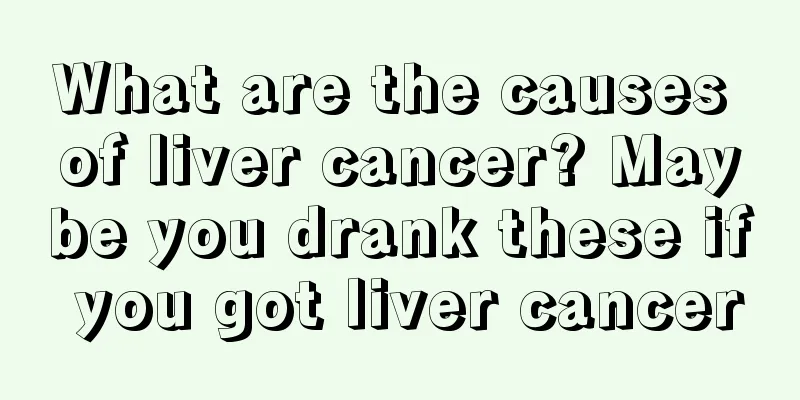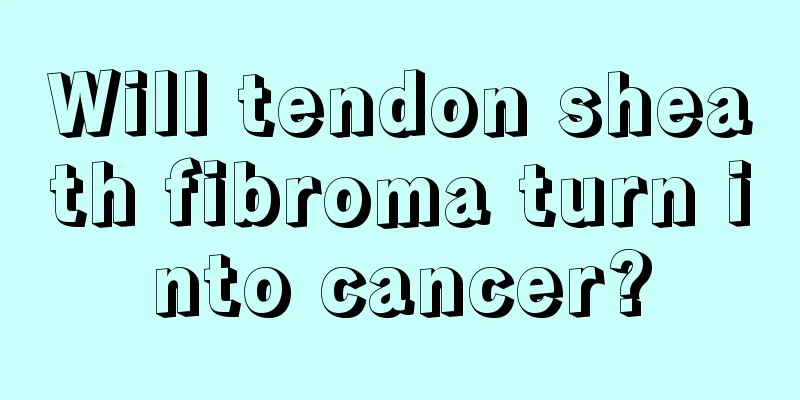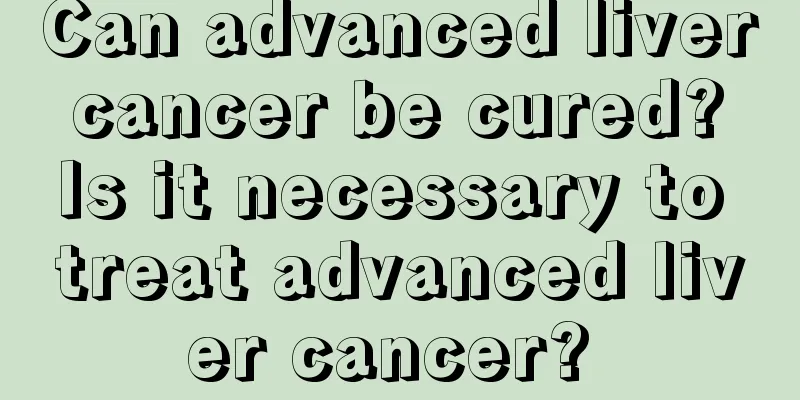Sickle cell anemia

|
Blood is an important component of the human body, and anemia is one of the most common health problems in the human body. Anemia is divided into different types according to the symptoms or causes of the disease, and sickle cell anemia is one of them. Sickle cell anemia has a relatively large impact on patients, so timely treatment is needed. In addition, care should also be provided in daily life. 1. Typical symptoms 1. It manifests as chronic hemolytic anemia, constant mild anemia, mild icterus of the sclera, mild to moderate liver enlargement, and splenomegaly in infants and young children, which then shrinks due to fibrosis. Anemia symptoms worsen and the yellowing deepens when it is cold, infected, or dehydrated. 2. Pain crisis caused by capillary microthrombosis. Infants and young children often experience swelling and pain in the fingers and toes, and the backs of their hands and feet. Children and adults often experience myalgia in the limbs, pain in large joints, and pain in the low back. In addition, there are severe abdominal pain, headaches, and even coma and limb paralysis. 3. Patients often have growth and developmental problems, are in poor general condition, and are susceptible to infection. Long-term patients develop chronic organ damage, often impaired heart, kidney, and lung functions, and may develop congestive heart failure. 2. Drug treatment 1. Blood transfusion therapy: Blood transfusion should not be given frequently unless necessary. When an aplastic crisis occurs, red blood cells should be transfused. When megaloblastic crisis occurs, folic acid should be given. Once an infarction crisis, hemolytic crisis or other serious conditions occur, exchange transfusion therapy can be performed. 2. The use of hydroxyurea, erythropoietin and iron supplementation can significantly increase fetal hemoglobin (HbF) levels, reduce embolic crises and blood transfusion requirements. 3. Preventing and treating infection can reduce the occurrence of crises. Other treatments 1. Oxygen inhalation can be helpful to a certain extent, and analgesics can be given early to relieve the patient's pain. 2. Bone marrow transplantation has been successful in a small number of cases. 3. Gene replacement therapy produces a normal genotype by loading the normal genotype to replace the expression of the abnormal genotype. 4. Daily Care 1. Focus on prevention and conduct premarital and prenatal checkups. 2. Maintain appropriate temperature and humidity, and ventilate frequently. 3. The ward environment is clean and hygienic, keeping the patient's body clean, preventing the spread of bacteria in the body, and preventing various infections. 4. Patients should take medications as prescribed by their doctors, adhere to regular medication use, and have regular outpatient checkups. 5. Family members should be good at understanding and supporting patients and learn to listen; when necessary, they should seek help from professionals to avoid accidents. |
<<: What's wrong with toothache, headache and nausea
>>: Why do we pour out the water when making tea for the first time
Recommend
Can I extract a tooth if it is inflamed
Tooth inflammation is a problem that many people ...
Can greening mango be eaten
Mango is a very common fruit in people’s daily li...
How to treat breast cancer? Teach you 8 methods to treat breast cancer
Breast cancer has always been a problem that wome...
How to diagnose advanced lung cancer? 4 correct methods for diagnosing lung cancer
Lung cancer is a very common cancer, and it has a...
What should I pay attention to in my diet after I was diagnosed with uterine cancer
Endometrial cancer is a disease that seriously af...
What to do with a dry nose? 7 tips for taking care of it
In the dry environment of winter, or in condition...
How many days will it take for external hemorrhoids to heal
When external hemorrhoids occur, patients usually...
What's going on with the ears ringing
Many people have experienced ringing in their ear...
What's wrong with coughing and vomiting
Vomiting when coughing is actually very common in...
Analysis of the main surgical methods for localized renal cancer
Surgery is currently the preferred method for tre...
How to prevent liver cancer in daily life? Pay attention to the following points to prevent liver cancer
Primary liver cancer is a common malignant tumor ...
Is it good to eat grapes when you have a fever?
Grapes are a kind of fruit that many people like ...
What are the early symptoms of tongue cancer
The early symptoms of tongue cancer may not be ob...
How to treat neurosis and regulate nerve function
After the onset of neurological dysfunction, the ...
What are the secrets to preventing and treating tongue cancer
Tongue cancer, the word cancer makes people tremb...









